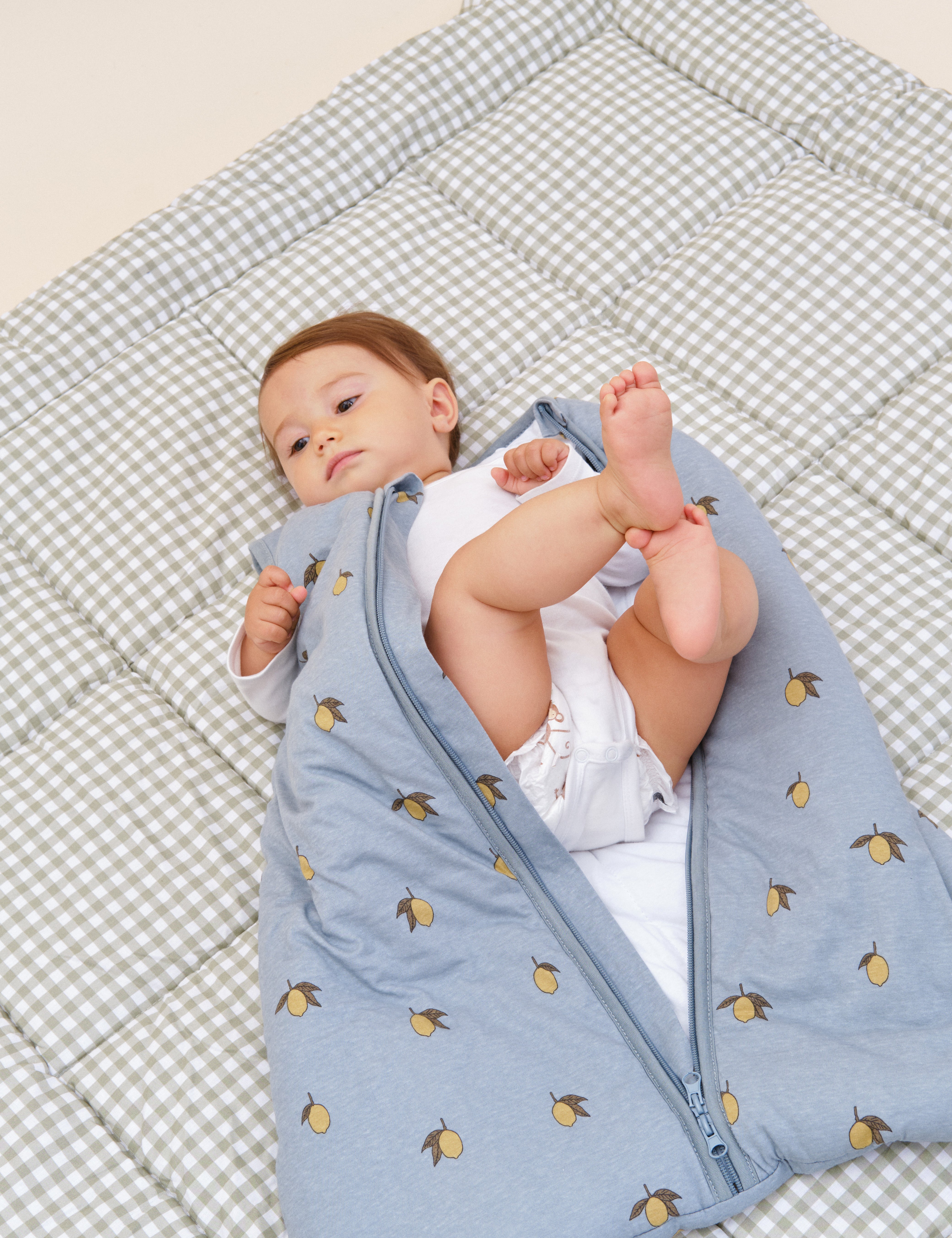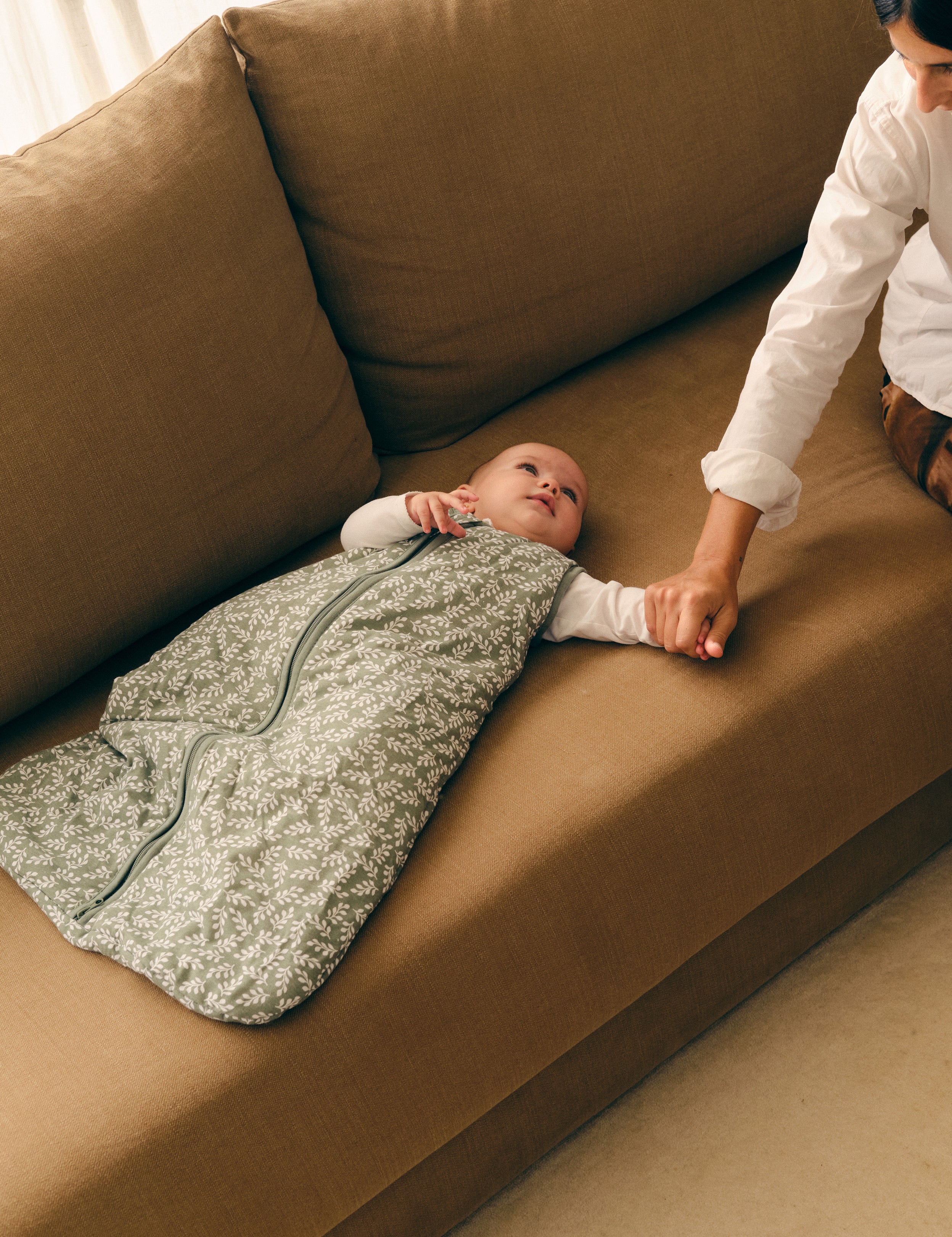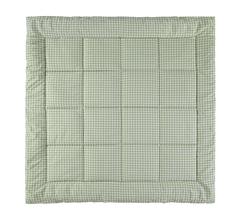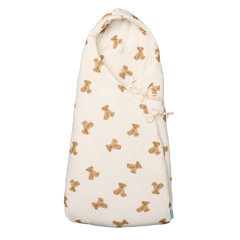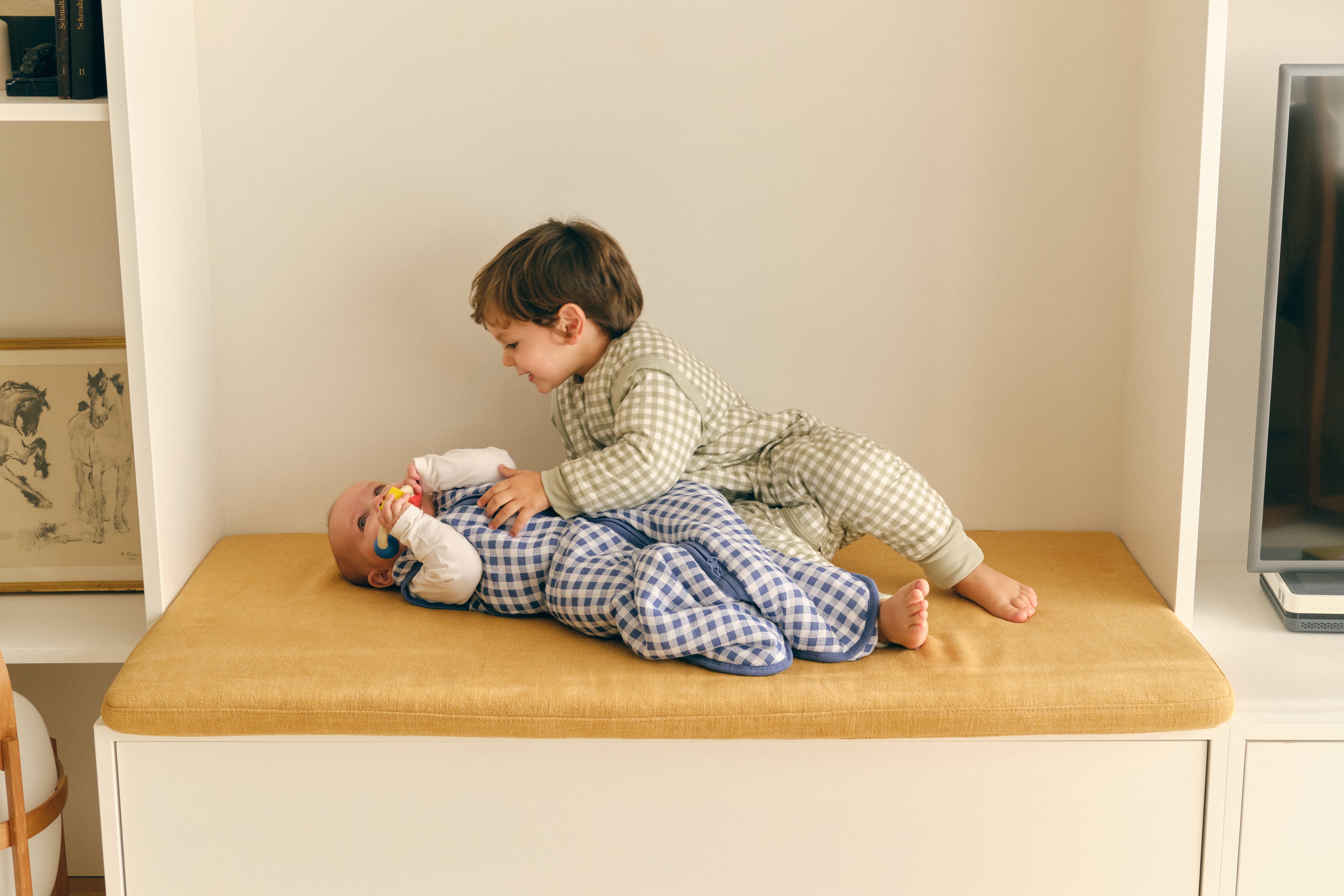What size sleeping bag is best for my baby?
When choosing the right sleeping bag , size is an important factor, as it should not be too big or too small. This is a frequently asked question by our customers. Many questions arise regarding sizes, and in this post, we'll answer them .
In a baby's early years, a sleep sack is one of the best alternatives to a blanket, as it offers security, warmth, and protection . Above all, it prevents the baby's face from being covered, so they don't suffocate at night and can breathe freely.
There are two ways to determine the bag size:
- Full sleeping bags: Measure the body from head to toe and add 10/15 cm, this way you will have the sleeping bag size that your baby needs.
- Sleeping bags with feet: Measure your baby's body from head to toe and don't add any centimeters. This is the sleeping bag size your baby needs.
Mainly, if you're unsure between sizes, we recommend choosing the size based on your baby's height rather than age. Every child and body is different , and there are no exact measurements. We prefer to size generously for several reasons: to ensure a good fit for any baby, for comfort at bedtime, and to ensure that extra bit of time is always needed.
Below is an infographic showing the measurements of our bags. We've divided them into two groups, as there are different types of bags :


If my baby is just born, can he/she use a sleeping bag?
We usually recommend starting to use the sleeping bag at one or one and a half months old. As we often say, it depends on the baby and the size .
What we often tell our customers is to be careful if their head fits inside the bag once it's closed. If the head doesn't fit through the neck of the bag, then they can use the bag. If, on the other hand, the head fits inside the bag once it's closed, we recommend not using it as a precaution.
Recently, we have made the size 0-3 months (newborn) , for cases like these, since the size 0-6 months, most of the time, is too big for newborn babies.
